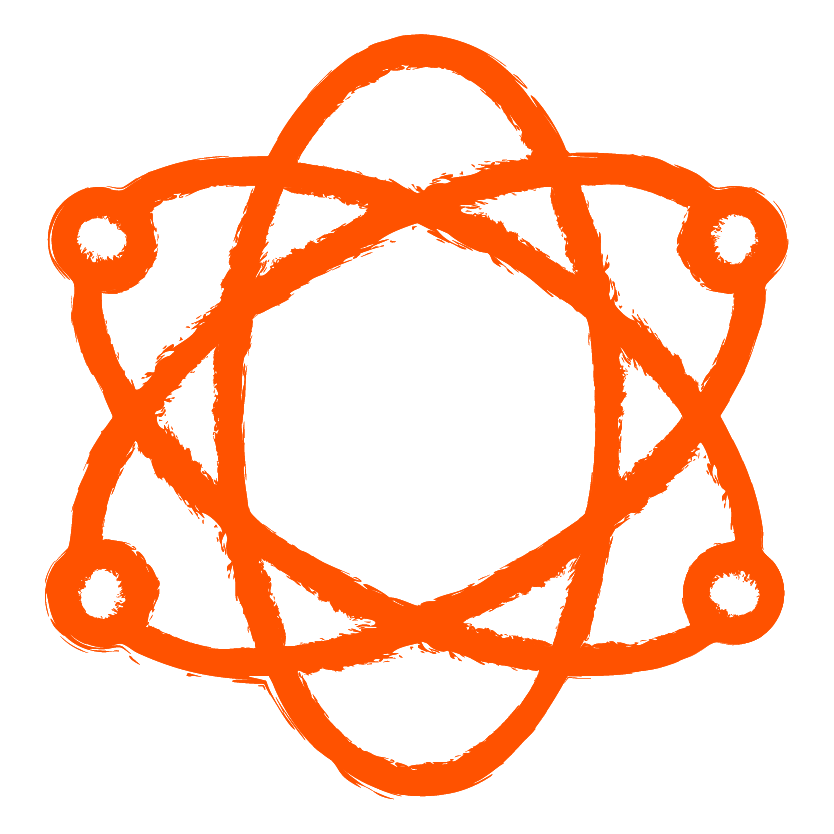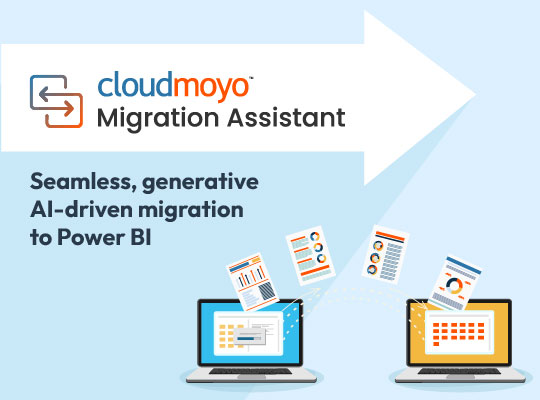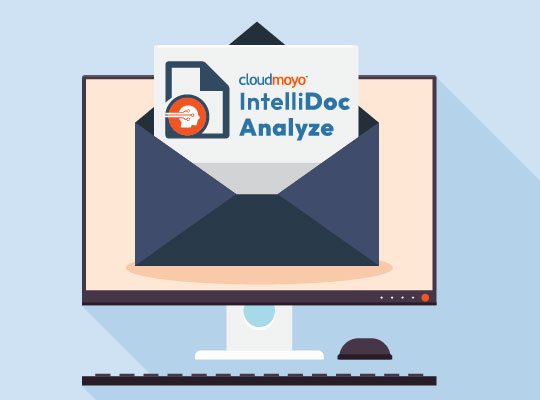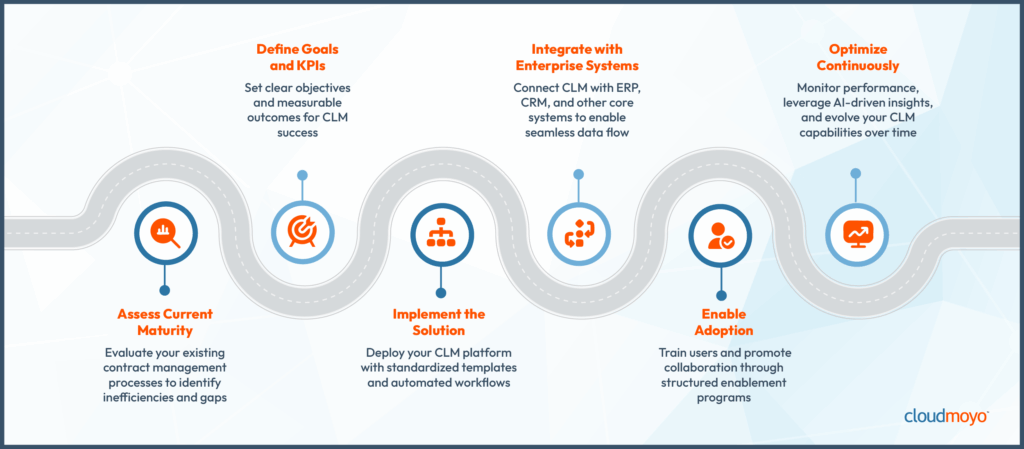Contracts shape every business decision, from deals with suppliers and customers to regulatory obligations and strategic partnerships, but here’s the challenge: most organizations still manage them the old-fashioned way.
Scattered across emails, spreadsheets, or local drives, these contracts often sit buried until someone needs them. At first, it might seem manageable. But over time, the cracks start to show—approvals get delayed, renewal dates slip unnoticed, clauses are missed, and teams spend hours hunting documents rather than driving outcomes.
Those cracks are costly. A World Commerce & Contracting (WCC) report shows that an average of 9.2% of annual revenue is lost due to contracting pitfalls. These pitfalls could include prolonged negotiations, missed renewal deadlines, and poor visibility into obligations. The percentage is even higher for larger organizations—up to 15%.
The underlying issue lies in manual, fragmented processes that leave money, visibility, and efficiency on the table. What enterprises need is a smarter, automated approach to contract lifecycle management (CLM)—a system that turns contracts from static paperwork into strategic business tools through automation, analytics, and AI.
Let’s dive deeper to understand: what is contract lifecycle management? How does it work? And why has it become a crucial part of a modern enterprise?
What is Contract Lifecycle Management (CLM)?
Contract lifecycle management is the process of managing an organization’s contracts through every stage, from creation and negotiation to execution and renewal.
As defined by Icertis, one of the best CLM solutions for businesses, CLM encompasses everything from authoring new agreements to tracking performance and ensuring ongoing compliance. In short, it’s about optimizing the entire CLM process: eliminating manual tasks, improving visibility, and reducing risk.
By digitizing contract operations, businesses gain control, speed, and transparency. It separates reactive, manual processes from strategic, data-driven contract lifecycle management.
Why Enterprises Adopt CLM Solutions
Almost every enterprise faces similar challenges when it comes to managing contracts.
For example, legal teams often deal with contracts scattered across local drives or emails, with little governance and consistency. Evolving regulatory demands and third-party contracts make things even more complex.
Meanwhile, procurement teams struggle with limited visibility into supplier terms, rebates, or renewal dates, resulting in missed savings and weaker negotiation power.
But these are just two examples among many. In reality, sales, finance, HR, and operations teams also depend on contracts—from customer deals and vendor management to employment terms and service-level commitments.
That’s why organizations are turning to modern CLM solutions. These tools bring governance, structure, and intelligence to contract management, empowering legal, procurement, and other business functions to make faster, smarter decisions while reducing operational inefficiency.
The Impact of a Centralized Digital CLM System
Imagine having every contract—past, present, and upcoming—at your fingertips. That’s the promise of a centralized contract lifecycle management system:
- Unified Repository: A single source of truth where all contracts live
- Standardized Workflows: Approval workflows and templates accelerate processes
- Seamless Execution: E-signature integration reduces errors and delays
- Compliance and Monitoring: Automated tracking ensures compliance with regulatory requirements
- Audit-readiness: Contract data and documentation stay organized for effortless audits
With digital CLM solutions, contracts become enablers of efficiency, compliance, and performance, while leadership gets the visibility needed for strategic decision-making.
That’s why the best CLM tool, Icertis, is being increasingly adopted as a core part of the business management software ecosystem.
How CLM Works: The Contract Lifecycle Explained
A robust CLM framework follows a defined, repeatable process ensuring every contract moves smoothly from creation to closure.
- Request: Departments initiate a request for a new or updated contract based on business needs
- Authoring: Draft contracts with relevant clauses and certain attributes
- Negotiation: Stakeholders review and revise terms collaboratively
- Approval: Workflows to ensure contracts reach the right approvers
- Execution: Signature and putting the contract into effect
- Compliance: Track obligations, deadlines, and regulatory requirements
- Renewal: Notify teams to manage renewals or terminations proactively
This end-to-end flow, often supported by workflow automation, ensures contracts move efficiently through each stage with full visibility and accountability.
The Role of Artificial Intelligence in Modern CLM with CloudMoyo
Artificial intelligence (AI) has reshaped the world of contract lifecycle management. Beyond automation, AI now adds context and insights, turning contracts into living sources of business insight.
Here’s how AI enhances each stage of the CLM process:
- Authoring: AI harmonizes templates and suggests clauses to reduce drafting time
- Negotiation: Intelligent tools flag risky terms, highlighting deviations, and redlining
- Compliance & Governance: AI detects non-compliant clauses and monitors contract health
- Decision-making: Using Copilot helps uncover insights to improve vendor management, procurement efficiency, and overall contract performance reports
CloudMoyo brings this intelligence to life through tailored CLM solutions that align with business goals.
Our expertise includes:
- Readiness Assessment: Evaluating the organization’s CLM maturity and AI readiness to create realistic roadmaps
- Custom Implementation: Configuring workflows and contract types to align with business rules and compliance frameworks to ensure the CLM solutions fit seamlessly into existing operational models
- Seamless Integration: Connecting CLM with ERP, CRM, and operations software like Salesforce, Workday, SAP Ariba, NetSuite, and more to enable trusted, end-to-end business processes
- Advanced Analytics and Insights: Turning data into decisions with a dashboard for CXOs
- Artificial Intelligence: Empowering enterprises with CloudMoyo’s AI offerings—CloudMoyo Migration Assistant (CMA) for seamless contract data migration, CloudMoyo IntelliDoc Analyze (CDA) for intelligent document analysis, and AI accelerators like Negotiation AI, Obligation AI, and Discover AI that leverage generative and agentic AI to automate clause extraction, identify risks, track commitments, and surface actionable insights across the CLM process.
- Proven Methodology: End-to-end support from discovery to post-implementation optimization
With AI-powered CLM solutions and CloudMoyo’s deep domain knowledge, organizations move from reactive contract tracking to proactive, intelligent management—unlocking measurable gains in efficiency, compliance, and business agility.
Bringing CLM to Life: A CloudMoyo Success Story
With 160+ successful contract lifecycle management projects, CloudMoyo has supported many customers in their CLM journeys. One of these customers is a Fortune 500 logistics leader that partnered with us to modernize their existing contract lifecycle management system.
Having a standard CLM system for the enterprise was critical for scale and compliance in a complex global logistics ecosystem. Almost 95% of their contracts were on third-party paper. Their real estate and global sourcing teams relied heavily on manual contracting processes. This included reviewing, negotiating, and a complex approval hierarchy. Without a proper CLM solution, managing global operations is risky and difficult. Additionally, they wanted to work with an SI partner that could understand the needs of the business and provide the right solution with value-aligned pricing.
Recognizing the need for transformation, the company turned to CloudMoyo to streamline and digitize its contracting ecosystem. Through the implementation of the Icertis Contract Intelligence (ICI) platform, CloudMoyo helped integrate AI-led automation, standardized workflows, and centralized governance across departments.
The impact was remarkable.
This Fortune 500 customer experienced a complete shift from fragmented, reactive contract tracking to an intelligent, connected CLM system that accelerated approvals, enhanced compliance visibility, and empowered leadership with data-driven insights for better decision-making.
Read the full case study to see how CloudMoyo helped them transform contract operations >>>
Steps to Successfully Implement Contract Lifecycle Management
Now that we’ve covered how leading enterprises are transforming their contract management with AI-powered CLM, let’s look at how you can do the same.
Here’s a structured roadmap to ensure you get it right from day one:
- Assess Current Maturity: Evaluate your existing contract management processes to identify inefficiencies and gaps
- Define Goals and KPIs: Set clear objectives and measurable outcomes for CLM success
- Implement the Solution: Deploy your CLM platform with standardized templates and automated workflows
- Integrate with Enterprise Systems: Connect CLM with ERP, CRM, and other core systems to enable seamless data flow
- Enable Adoption: Train users and promote collaboration through structured enablement programs
- Optimize Continuously: Monitor performance, leverage AI-driven insights, and evolve your CLM capabilities over time
Following these steps aligns CLM implementation with organizational strategy and ensures measurable value, faster adoption, and long-term success.
Transforming Contract Management for Enterprise Intelligence
Manual contract management belongs to the past. As we’ve explored in this blog, AI-powered CLM transforms contracts from static paperwork into strategic assets, accelerating approvals, improving compliance, providing real-time visibility, and enabling smarter business decisions.
CloudMoyo combines decades of CLM expertise with cutting-edge AI innovations to help organizations modernize every stage of the contract lifecycle. With 160+ successful CLM projects and a team of 200+ legal and CLM consultants, we’ve helped enterprises streamline workflows, strengthen governance, and unlock measurable business value.
Whether it’s integrating CLM with ERP and CRM systems, implementing AI-powered workflow automation, or enabling enterprise-wide adoption, our approach turns contract management into a source of efficiency, agility, and resilience.
Ready to see how modern, AI-powered CLM can transform your enterprise?
Contact us to explore how our CLM solutions can transform your enterprise >>






















